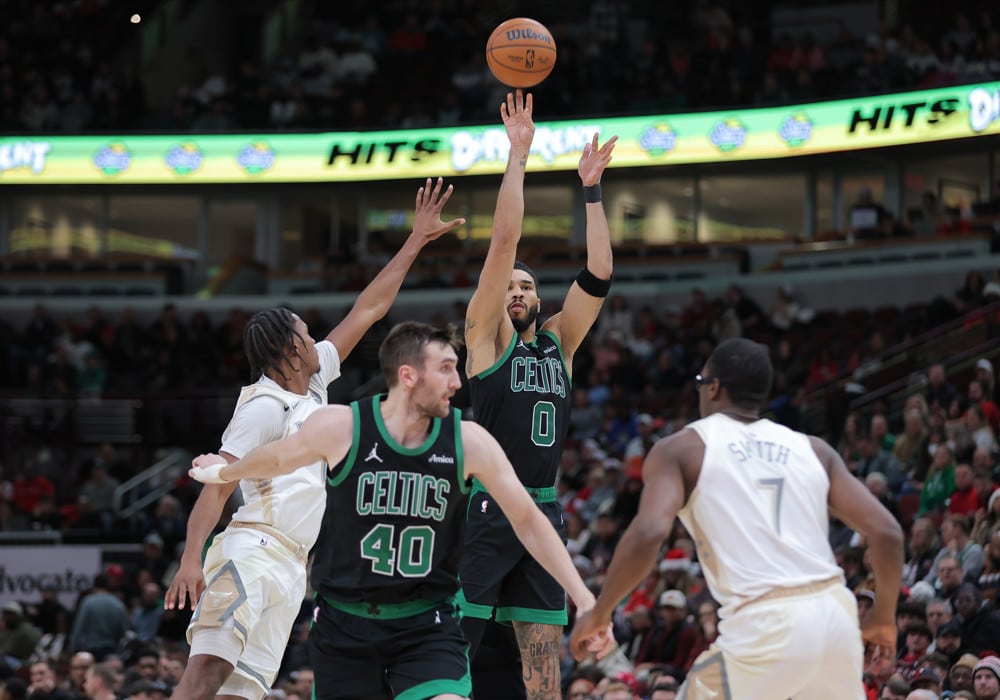Jobs
The US jobs report came in way hotter than expected
The May jobs report came in way hotter than expected, with the US adding 272,000 jobs while the unemployment rate slightly ticked up to 4.0%.
“We have a very interesting labor market,” Julia Pollak, the chief economist for ZipRecruiter, told Business Insider. “It’s not the old normal. It’s the new normal where employers are slower to fire, slower to hire, and workers are slower to switch jobs. That could be both a good thing and a bad thing.”
The job-growth forecast was 182,000, according to Investing.com. The news release from the Bureau of Labor Statistics on Friday said the job gain in May was “higher than the average monthly gain of 232,000 over the prior 12 months.” April’s increase was revised from 175,000 to 165,000. March’s increase was revised from 315,000 to 310,000, as noted in the news release.
“This is very much the president’s economic vision coming to life,” Acting Secretary of Labor Julie Su told BI.
Pretty much all major industries saw a one-month increase in their employment in May. However, mining and logging saw employment fall by 4,000.
“In May, employment continued to trend up in several industries, led by health care; government; leisure and hospitality; and professional, scientific, and technical services,” the news release said.
The US unemployment rate was expected to be 3.9%, in which case the rate in May would have been the same as it was in April. The US labor force participation rate decreased slightly — from 62.7% in April to 62.5% in May.
Average earnings increased from $33.54 an hour in May 2023 to $34.91 an hour this past May, a 4.1% increase. That’s a slight uptick from the 4.0% year-over-year increase in April; wage growth had been on a downward path — where the year-over-year percent change was moderating.
“The slowdown in wage growth has been and continues to be bumpy,” Nick Bunker, the economic research director for North America at the Indeed Hiring Lab, told Business Insider on Friday.
Pollak looked at the employment-population ratio for 16- to 24-year olds, and said that ratio fell in May, which comes after “it had been steadily increasing earlier in the year.”
Pollak said the drop “could suggest that maybe this summer hiring season for teens and new grads is off to a slower start.”
The jobs report published on Friday comes before the next Federal Open Market Committee meeting. It’s expected the target rate will be unchanged, as seen by the CME FedWatch Tool. A rate cut seems unlikely given the various economic data.
“Ideally you would have a report where unemployment stays low and wage growth comes down anyway due to the slower turnover and higher participation and fading pandemic disruptions and just normalizing market overall,” Pollak said. “But if instead we have high wage growth and rising unemployment, that could make things very tricky.”
Still, Bunker said the 4.0% unemployment rate seen in May is “still quite low historically” and that the labor market is robust.
“Over the past year, as labor market tightness has eased and inflation has declined, the risks to achieving our employment and inflation goals have moved toward better balance,” Fed Chair Jerome Powell said at a FOMC press conference in May. “The economic outlook is uncertain, however, and we remain highly attentive to inflation risks.”
While US inflation has continued to be elevated, it’s not as hot as it once was. The consistently low unemployment rate is one of several economic indicators that the US is avoiding a recession. Additionally, some recent data points to a soft landing; Bunker also told BI in a written statement earlier this week, “for many Americans, the difference between a soft landing and a more turbulent slowdown is their job.”
And the latest jobs numbers might just show that jobs — and a soft landing — are not so imperiled.
“I think this is about as soft a landing as you could imagine,” Su said. “And we’re going to keep up the work to make sure that we sustain the growth and we sustain the opportunity and we sustain the economic security that’s coming from a good job.”










